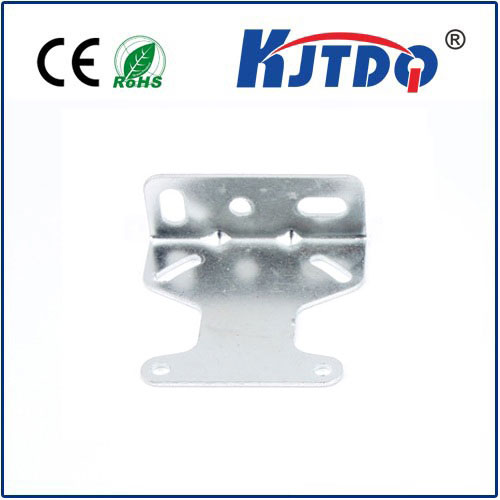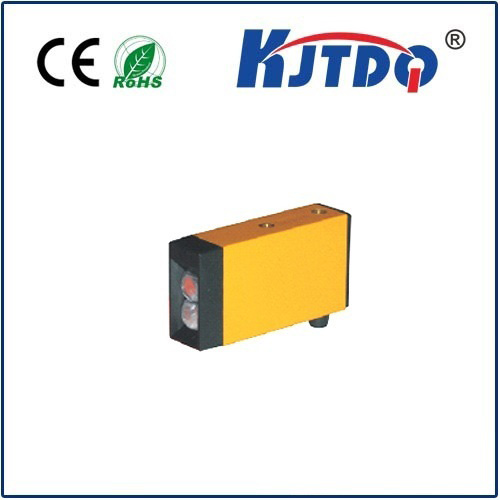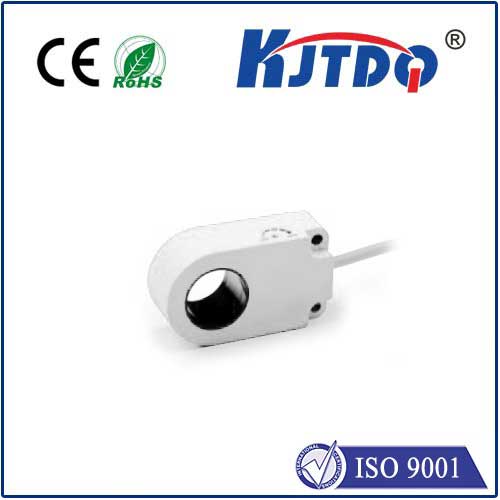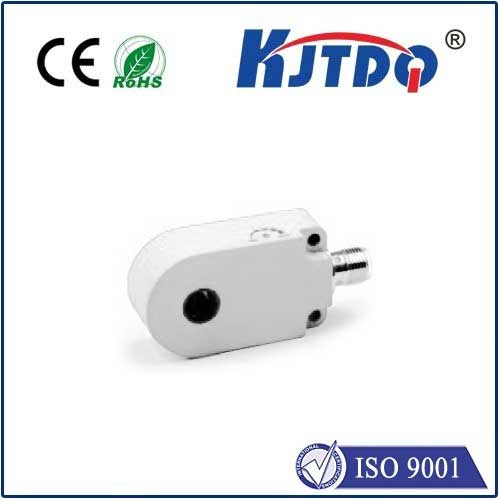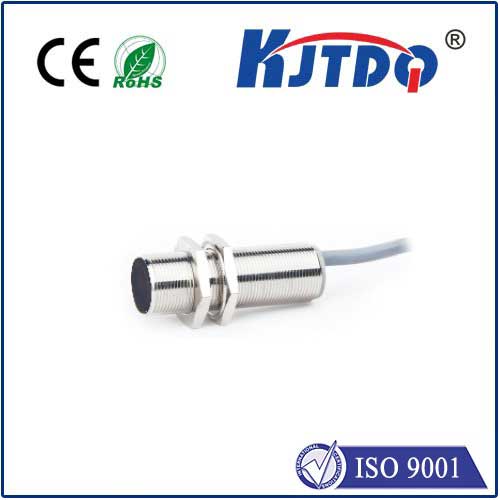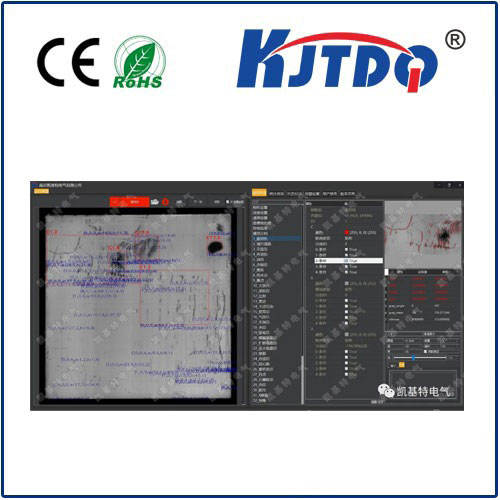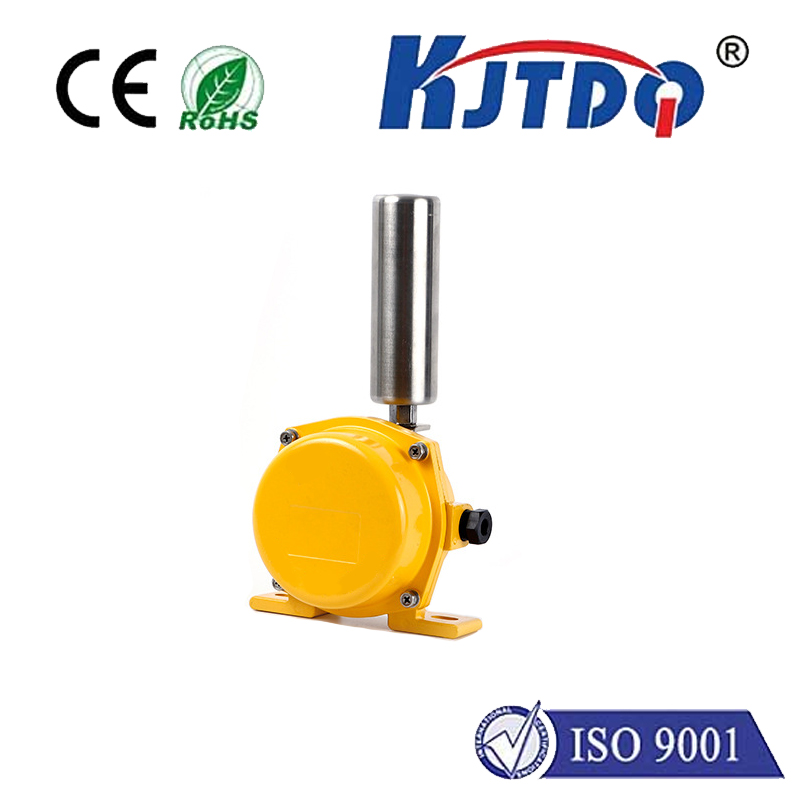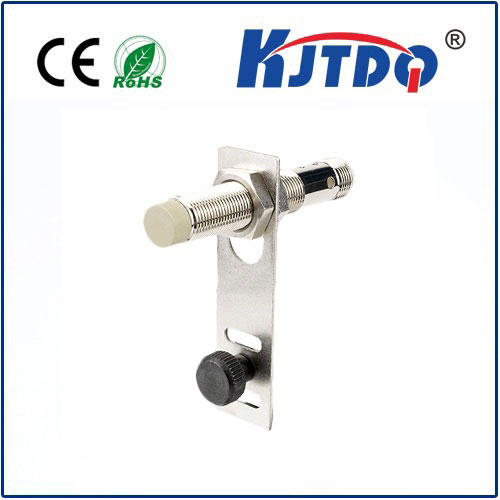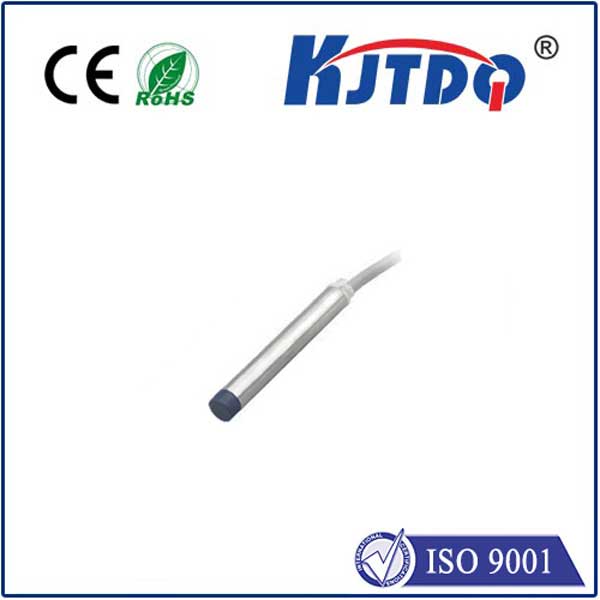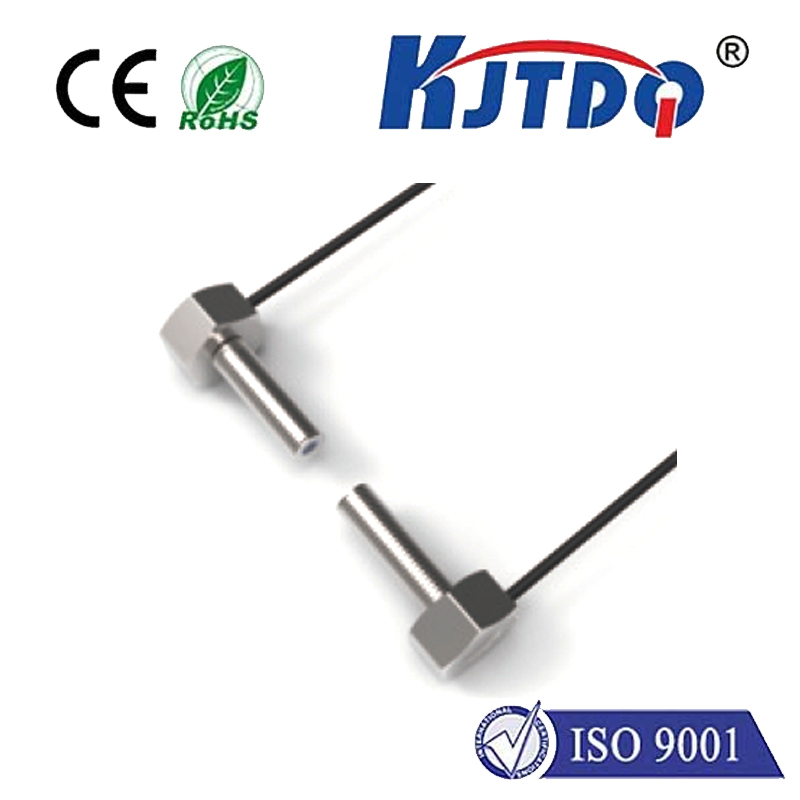
check

check

check

check
Title: The Importance and Applications of Plunger Type Limit Switches in Industrial Automation
Introduction
Plunger type limit switches are an essential component in industrial automation systems, providing reliable and precise control over machinery and equipment. These switches operate on the principle of a plunger being pushed or released into a switch chamber when a specific level of pressure is reached. This article will discuss the importance of plunger type limit switches, their design, construction, and various applications in the world of industrial automation.
Design and Construction
The primary function of a plunger type limit switch is to detect the presence or absence of a mechanical element (plunger) within a switching chamber. The plunger is typically made of materials such as steel, stainless steel, or plastic, depending on the application requirements. The switch body consists of a housing that houses the switch contacts and a lever or plunger that interacts with the switch contacts when the pressure reaches a specific threshold.
The design and construction of plunger type limit switches require careful consideration of factors such as temperature, vibration, and pressure. The switches must be designed to withstand the harsh environments in which they operate while maintaining optimal performance and accuracy. Attention to detail in material selection, construction, and assembly ensures that these switches can withstand the rigors of industrial automation and deliver consistent performance over time.
Importance in Industrial Automation
Plunger type limit switches play a crucial role in industrial automation systems by providing accurate and reliable control over machinery and equipment. They are commonly used in applications where precise control over machine operations is necessary, such as manufacturing processes, packaging machines, conveyor systems, and material handling equipment.
One of the key benefits of plunger type limit switches is their ability to detect the presence or absence of a mechanical element accurately. This allows for safe and efficient operation of automated systems, preventing accidents and minimizing downtime. Additionally, these switches can be designed to operate at high temperatures, making them suitable for use in extreme environments such as furnaces and boilers.
Applications in Industrial Automation
Plunger type limit switches have numerous applications in industrial automation systems. Some of their most common uses include:
1. Machine Stop-Start Control:limit switches are widely used in machine stop-start control for safety reasons. When the machine starts running, the limit switch detects the presence of the mechanical element (plunger), and it sends a signal to the control system to stop the machine. Similarly, when the machine stops running, the limit switch sends a signal to start the machine again.
2. Material Handling Systems:Plunger type limit switches are also commonly used in material handling systems to ensure safe and efficient operation. For example, they can be used to control elevator doors or lift gates, ensuring that only the appropriate materials are loaded or unloaded from a conveyor system.
3. Packaging Machines:In packaging machines, plunger type limit switches are used to detect the presence or absence of products within the machine's output stream. This helps to maintain consistency in product quality and reduce waste.
Conclusion
In conclusion, plunger type limit switches play a critical role in industrial automation systems by providing accurate and reliable control over machinery and equipment. Their design, construction, and application make them an essential component in many manufacturing processes and material handling operations worldwide. By ensuring safe and efficient operation of automated systems, plunger type limit switches help to minimize downtime and improve overall productivity in industrial environments.
